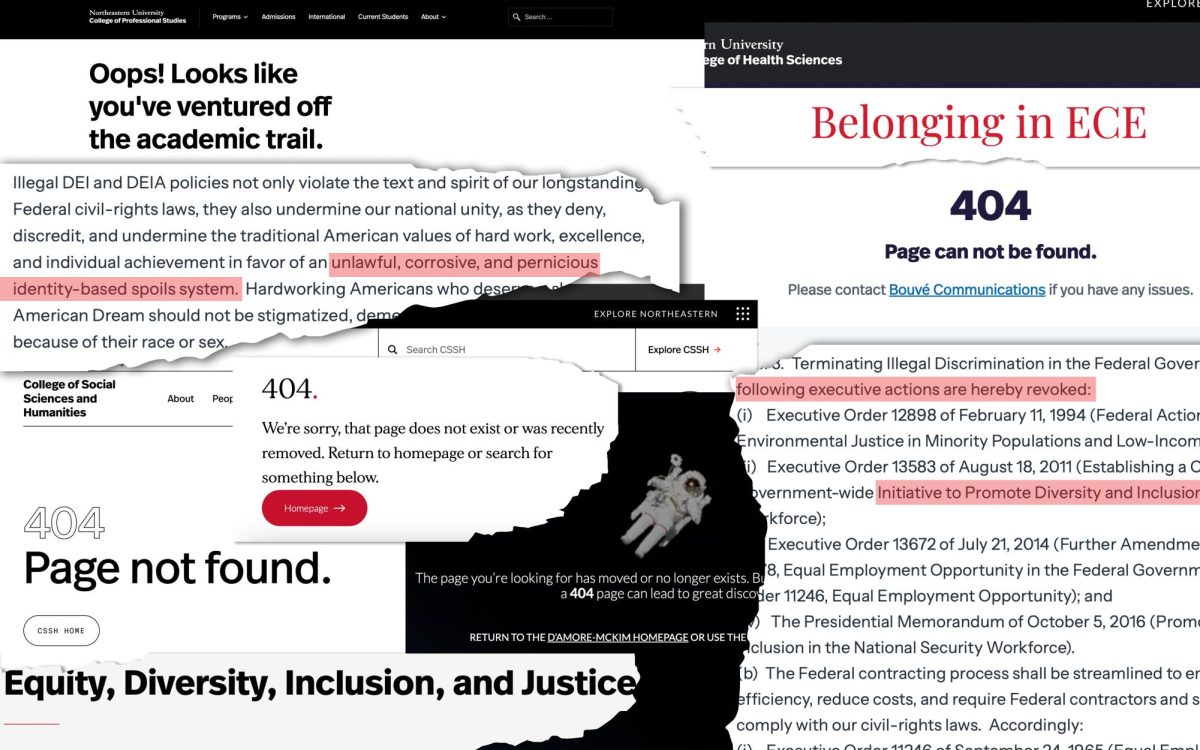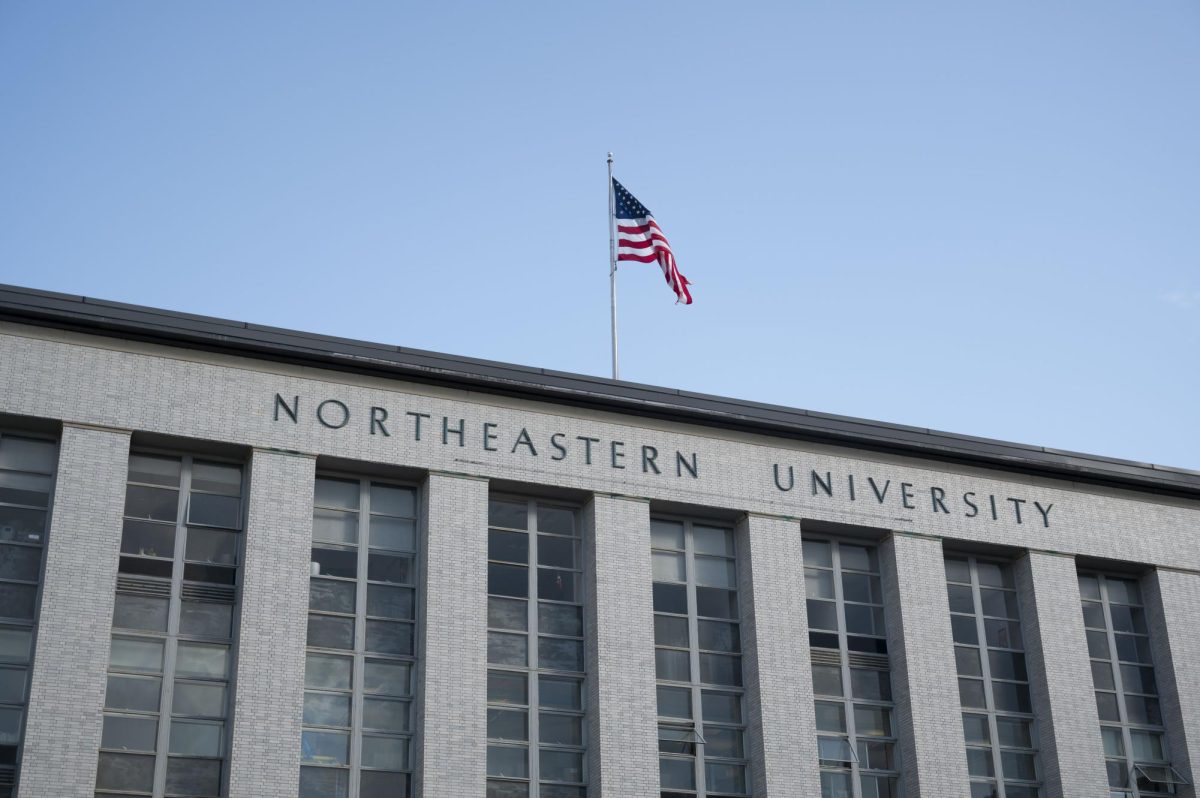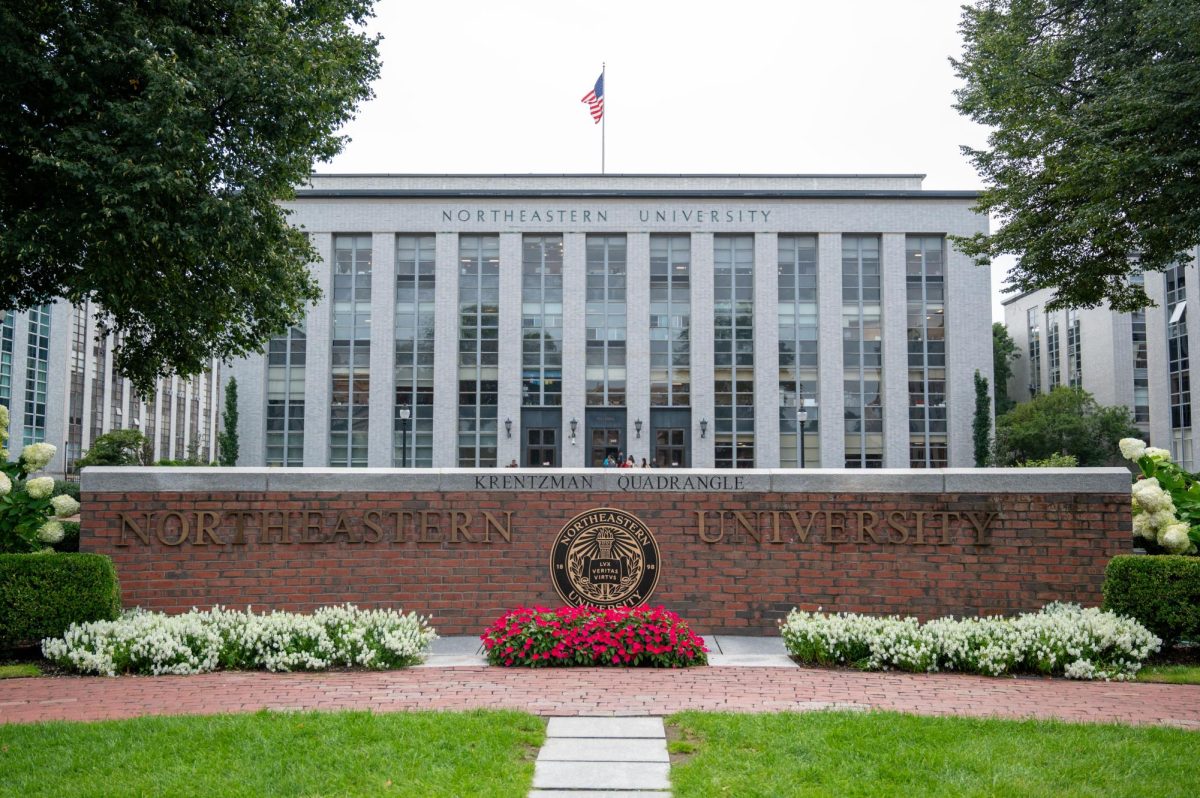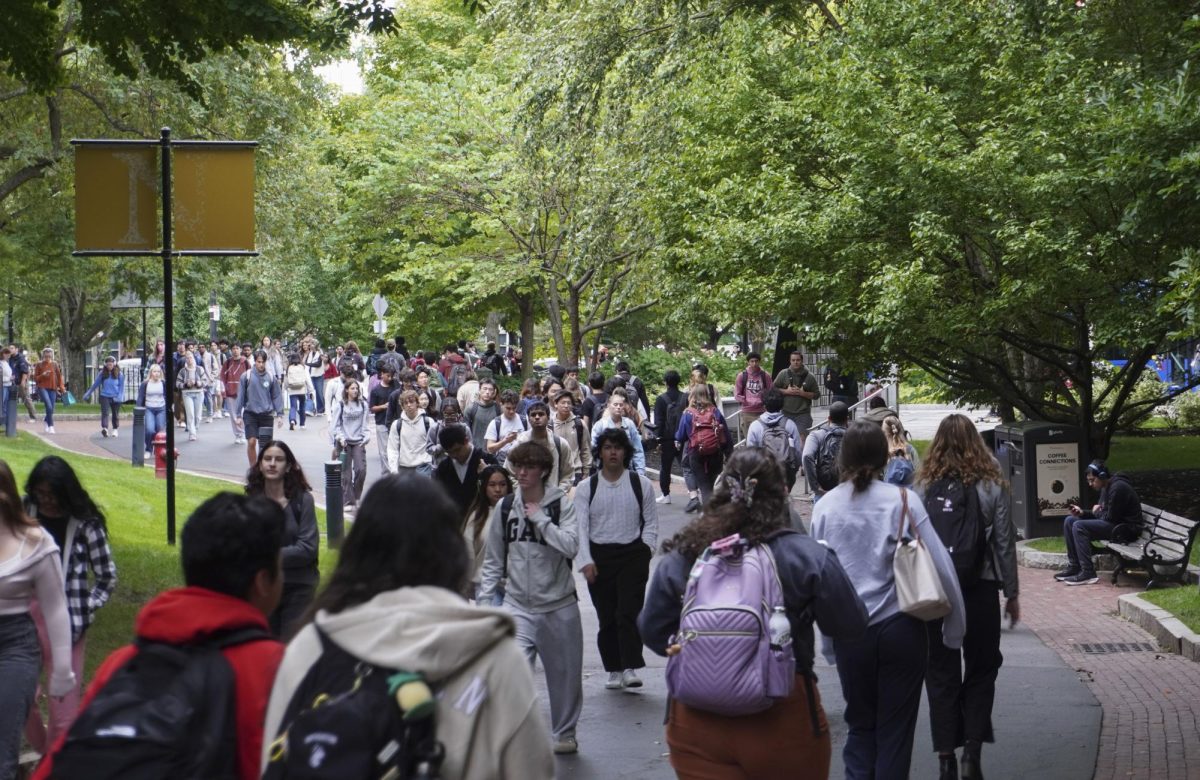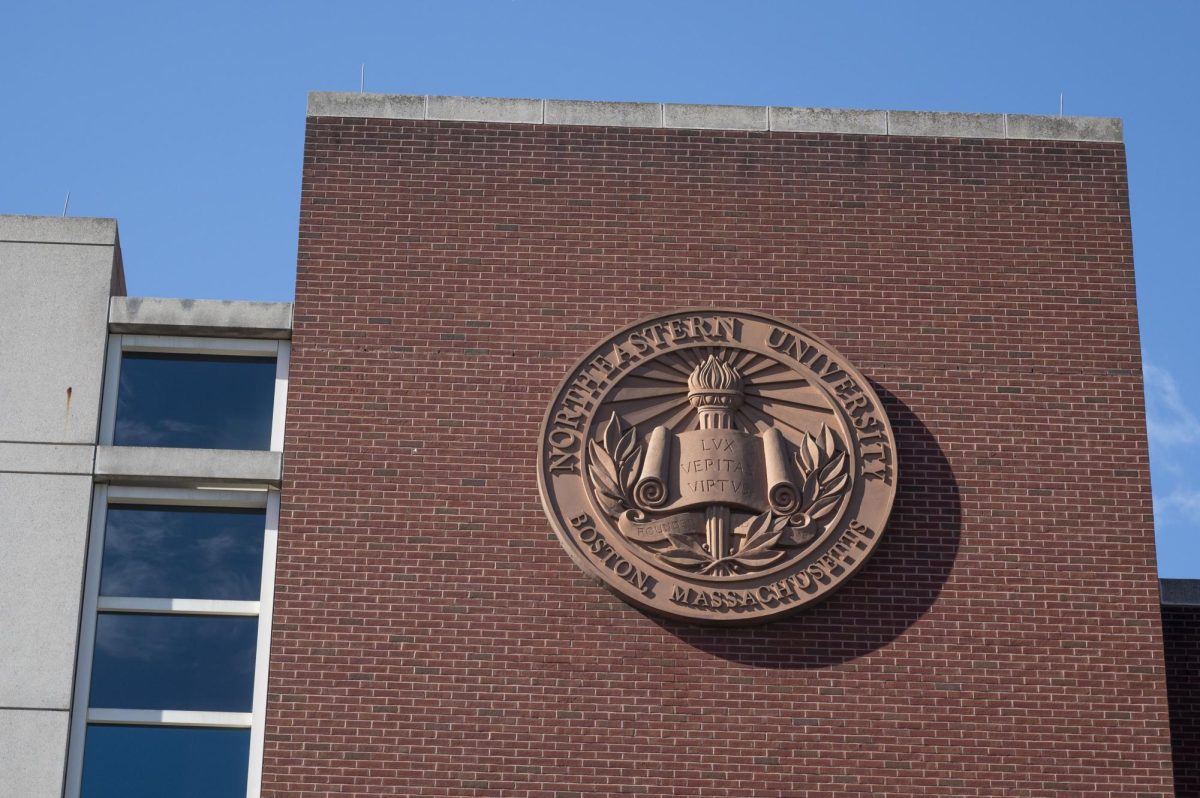Northeastern recycled more than twice the amount of waste the city of Boston did in 2006, the year the most recent data is available, according to figures provided by Peter Lembo, solid waste manager at Northeastern.
In 2006, the university recycled 25 percent of its waste, whereas the city recycled 12 percent, according to the Massachusetts Department of Environmental Protection (MassDEP). In 2007, the university exceeded that number, recycling more than 30 percent of its waste.
Lembo said the university recycles everything, including paper, cardboard, bottles and cans, computers and other electronics.
“In every trash room or recycling room, there is a container for paper, there are containers for bottles and cans, there are containers for cardboard and in some rooms, like in every room in West Village, we have a compact,” Lembo said.
Every building on campus is different, and in some older buildings, no trash room exists because the fire marshal doesn’t allow it, Lembo said. Generally though, all the trash and recyclables are brought to a trash and recycling room, and then put out by either a building superintendent or a custodian. It is then picked up by a recycling department worker and brought to a warehouse in Jamaica Plain and then a plant in Westborough.
Northeastern may be surpassing Boston’s recycling rate, but the university does not measure up against two other local universities, including Harvard University, which recycles 47 percent of its waste, and MIT, which recycles 43 percent. Recycling officials at Boston University and Boston College could not be reached for information as of press time.
A difference between the recycling programs at these schools is that Harvard is decentralized and each building can choose to use its recycling services or contract out to another company, whereas the recycling departments at Northeastern and MIT take care of all recycling and solid waste at the campuses.
In December 2007, Harvard was recycling 52 percent, but it did not include construction waste, said Rob Gogan, Harvard recycling and waste manager.
“Some schools do, like MIT does to get to their 40 percent [recycling number]”, he said. “If we included construction and demolition waste, we’d probably be well over 70 percent.”
Jarrod Jones, MIT recycling and solid waste supervisor, said MIT’s construction and demolition waste was not a significant factor.
Despite the fact that Northeastern is lagging behind Harvard and MIT, its program is still one desired by other schools, Gogan said.
“Northeastern has an excellent program,” Gogan said. “It was a model for our program.”
Some students said they are satisfied with Northeastern’s recycling program, and consider the recycling bins helpful. “If it weren’t for the school doing a good job, I don’t think people would go out of their way to figure out where to throw their bottles,” said Katherine Martinez, a middler biomedical physics major.
Others said more bins for current recycling options should be made available.
“I was assured that there are bottle and can bins everywhere on campus, but I beg to differ. My main building is Hurtig Hall because I’m a chemistry major, and I don’t think I’ve ever been able to recycle a bottle or can in that building,” said Emily Lewis, co-president of Students for Environmental Action (SEA).
She said she believes a part of the problem is that the recycling department does not have enough man power, with only four full-time workers, as well as five student workers.
“They insist that’s enough. But they’re doing this much and it sounds like they’re operating at full capacity,” she said.
Chris Bourne, Student Government Association vice president for student services, met with Lembo in the last few weeks after receiving requests from students to promote recycling more on campus. He agrees that the recycling department is operating at full capacity with current sources and manpower.
However, Lembo said convenience is the main issue. He said the largest factor in getting people to recycle is getting them to care about recycling.
“I sit in the student center and I see students, especially, taking a tray with a Coke bottle and dumping it in the trash when there’s a bottle and can container right next to them,” Lembo said. “I see it at Chicken Lou’s all the time, when there’s a bottle and can container literally six inches away.”
Lembo said his department is working with resident assistants and resident directors to increase awareness. He is also working with SEA to run a program later this semester where they will take a number of trash containers from around campus and dump the contents in the Snell Library quad.
“At the end of the day, we’re going to come up with a rough number of how much stuff we could recycle if we were really conscious about it and if people really cared about it. I think is a great idea and it was their idea, so we’re happy to participate,” Lembo said.





